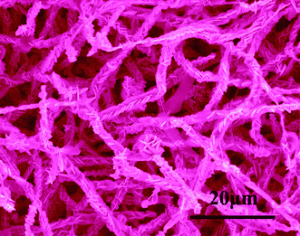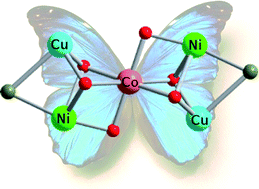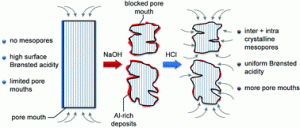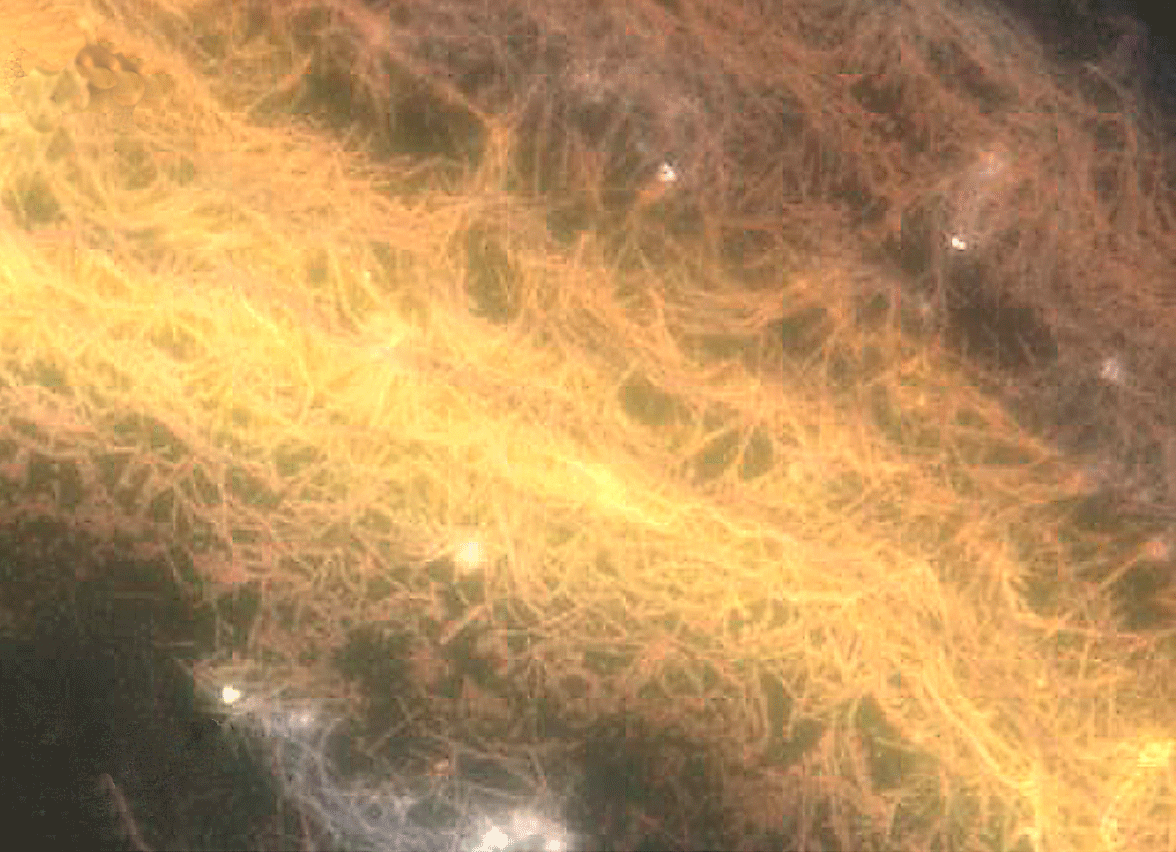In this CrystEngComm Hot Article, Chinese scientists have prepared complex indium- and gallium-doped zinc oxide nanostructures with twin boundaries.
Three-edged nanobelts and hexagonal-disk strings were fabricated using a thermal evaporation method. Despite their differences in morphology they have the same twin boundaries, which the authors explain by introducing a twin core.
Understanding the growth of these nanostructures opens up the potential for assembling nanoscale building blocks into sophisticated structures.
Read more for FREE until 12th April 2011
Group III element-doped ZnO twinning nanostructures
L. L. Wu, F. W. Liu and X. T. Zhang
CrystEngComm, 2011, Advance Article
DOI: 10.1039/C1CE05088E, Paper















 elated arrays have been achieved on ITO by a ZnO nanorod templating-reaction method under different etching conditions.
elated arrays have been achieved on ITO by a ZnO nanorod templating-reaction method under different etching conditions.
 A novel POM-based 3D self-penetrating MOF containing Mo–N covalent bond has been isolated under hydrothermal conditions, showing an unprecedented (4,6,6)-connected topology assembled from a 2D self-threading skeleton.
A novel POM-based 3D self-penetrating MOF containing Mo–N covalent bond has been isolated under hydrothermal conditions, showing an unprecedented (4,6,6)-connected topology assembled from a 2D self-threading skeleton. A double [2 + 2] photochemical reaction of 1,5-bis(4-pyridyl)-1,4-pentadiene-3-one (1P) was observed with in four co-crystal forms of 1P with the hydrogen bonding template molecule phloroglucinol (PG) or 5-methoxy resorcinol (MR). 1H NMR and the UV-vis spectroscopic studies established a stepwise mechanism for this reaction through the formation of a monocyclobutane intermediate.
A double [2 + 2] photochemical reaction of 1,5-bis(4-pyridyl)-1,4-pentadiene-3-one (1P) was observed with in four co-crystal forms of 1P with the hydrogen bonding template molecule phloroglucinol (PG) or 5-methoxy resorcinol (MR). 1H NMR and the UV-vis spectroscopic studies established a stepwise mechanism for this reaction through the formation of a monocyclobutane intermediate.